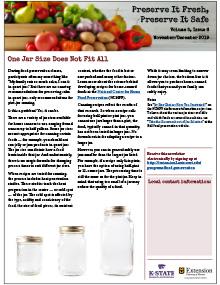

E3A Understanding Energy: Green Building Programs for High Performance and Energy Efficiency
Reviewed
Editor’s note
The following abstract describes a publication that is only available as a downloadable PDF.
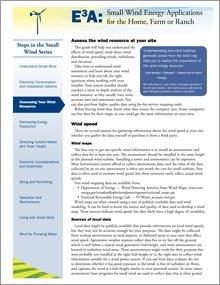
E3A Small Wind: Assessing Your Wind Resource
Reviewed
Editor’s note
The following abstract describes a publication that is only available as a downloadable PDF.

E3A Understanding Energy: Carbon and Energy in the United States
Reviewed
Editor’s note
The following abstract describes a publication that is only available as a downloadable PDF.

E3A Small Wind: Economic Considerations and Incentives
Reviewed
Editor’s note
The following abstract describes a publication that is only available as a downloadable PDF.

Chief Officer, Fourth Edition Exam Prep
New $28
This Exam Prep is designed to be used as a self-study tool for students to prepare for comprehensive end of course tests and the written portion of a certification exam. It contains more than 500 multiple choice questions based on the Chief Officer, Fourth Edition Manual.
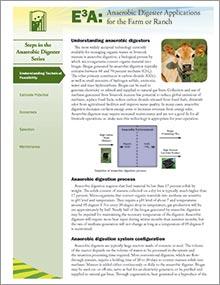
E3A Anaerobic Digesters: Understanding Technical Feasibility
Reviewed
Editor’s note
The following abstract describes a publication that is only available as a downloadable PDF.
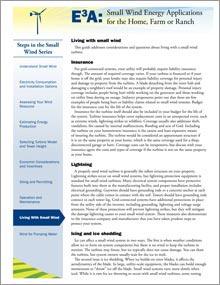
E3A Small Wind: Living With Small Wind
Reviewed
Editor’s note
The following abstract describes a publication that is only available as a downloadable PDF.
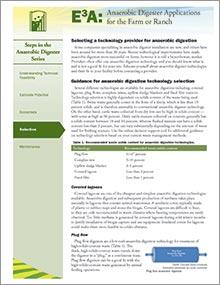
E3A Anaerobic Digesters: Selection
Reviewed
Editor’s note
The following abstract describes a publication that is only available as a downloadable PDF.
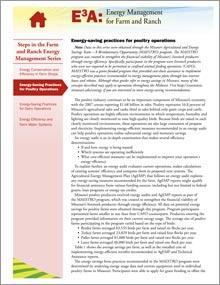
E3A Farm Energy: Energy-Saving Practices for Poultry Operations
Reviewed
Editor’s note
The following abstract describes a publication that is only available as a downloadable PDF.

E3A Solar Electricity: Introduction
Reviewed
Discover photovoltaic technology. Dispel some myths about the cost of a photovoltaic system. Learn about energy payback, PV technology and solar cells.

E3A Solar Hot Water: Building and Site Assessment
Reviewed
Editor’s note
The following abstract describes a publication that is only available as a downloadable PDF.

E3A Solar Electricity: System Options
Reviewed
Learn about the four most common solar electric system options: grid-connected systems with or without batteries, off-grid systems and PV-direct systems.
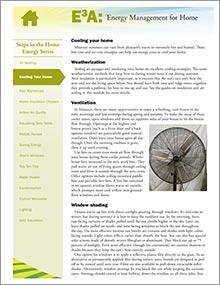
E3A Home Energy: Cooling Your Home
Reviewed
Editor’s note
The following abstract describes a publication that is only available as a downloadable PDF.

E3A Solar Hot Water: System Sizing
Reviewed
Editor’s note
The following abstract describes a publication that is only available as a downloadable PDF.

E3A Solar Electricity: Costs
Reviewed
Learn about the costs of a solar electric system, how to estimate cost savings and simple payback for a net-metered photovoltaic (PV) system, and more.
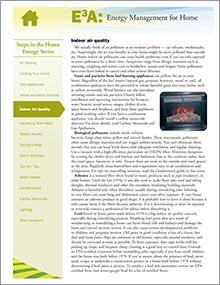
E3A Home Energy: Indoor Air Quality
Reviewed
Editor’s note
The following abstract describes a publication that is only available as a downloadable PDF.
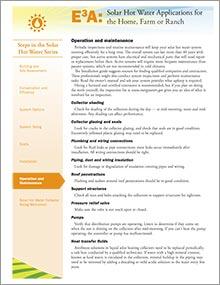
E3A Solar Hot Water: Operation and Maintenance
Reviewed
Editor’s note
The following abstract describes a publication that is only available as a downloadable PDF.
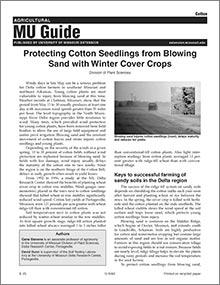
Protecting Cotton Seedlings From Blowing Sand With Winter Cover Crops
Reviewed
Depending on the severity of the winds in a given spring, 10 to 30 percent of cotton fields without wind protection are replanted because of blowing sand. In fields with less damage, wind injury usually delays the maturity of the cotton one to two weeks.

Getting Started with Farm to School Gardens
New
In Missouri, Farm to School (F2S) is a voluntary program with three core elements: (1) school procurement of
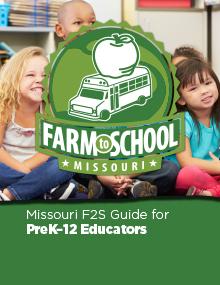
Missouri Farm to School Guide for PreK–12 Educators
New
In Missouri, Farm to School (F2S) is a voluntary program with three core elements: (1) school procurement of

“Alternative” Protein Sources — Extension Fact Sheet
New
Editor’s note
The following abstract describes a publication that is only available as a downloadable PDF.
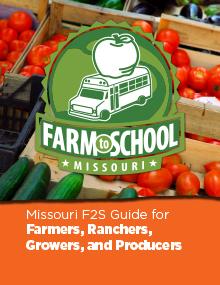
Missouri Farm to School Guide for Farmers, Ranchers, Growers, and Producers
New
In Missouri, Farm to School (F2S) is a voluntary program with three core elements: (1) school procurement of

Missouri Farm to School Report FY2018-2019
New
Farm to School (F2S) is any activity connecting schools to local food and farms.
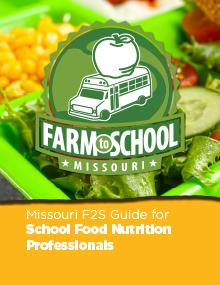
Missouri Farm to School Guide for School Food Nutrition Professionals
New
In Missouri, Farm to School (F2S) is a voluntary program with three core elements: (1) school procurement of
